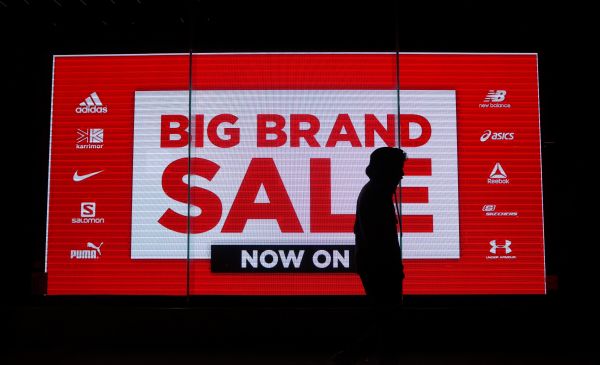Branding Strategy Insider helps marketing oriented leaders and professionals like you build strong brands. Readers know, we regularly answer questions from marketers everywhere. Today we hear from Marc, a Senior Market Research Anlayst in Chicago, Illinois who has this question about measuring brand equity.
Branding Strategy Insider, I read your post on measuring brand equity. How does this apply for B2B brands?
Thanks for your question, Marc. The same five drivers in our model above work for B2B brands. We have used this system to successfully measure the equity of many B2B brands in many categories. While one might not think that the “emotional connection” point is as relevant for B2B brands, I have seen research findings that indicate purchasing agents are often swayed by emotional factors such as liking a salesperson from a particular company, admiring a company’s brand, etc. and will construct rational analysis to confirm what they feel are the best brands.
People are driven by emotions to a very large degree, even if they don’t want to admit it. Regarding accessibility, one of our B2B clients routinely wins new business from competitors by having all items in stock and being able to ship overnight in a category in which out of stock items are common, even though that creates costly production shutdowns for the category’s customers.
The one item that is trickier to measure for B2B clients is “unaided awareness” because typically we use client customer, lead and prospect lists to field the research. This obviously biases the brand awareness results. In B2C surveys, we almost always use independent consumer panels, eliminating brand awareness bias. One way to mitigate this problem for B2B clients is to buy lists. This works well in some B2B categories (in which the target customer is well defined and easily targetable) and not so well in others.
Regarding relevant differentiation, the relevant benefits in B2B categories tend to be more functional – durability, responsiveness, 24/7 technical support, etc. versus B2C benefits, the strongest of which are usually emotional, experiential or self-expressive, not functional. Having said all of this, the same five drivers – awareness, relevant differentiation, value, accessibility and emotional connection are as important for B2B brands as they are for B2C brands.
Have a question related to brand and growth strategy? Just Ask The Blake Project
The Blake Project’s brand management equity measurement system is comprehensive, measuring each of the five drivers of customer brand insistence – awareness, relevant differentiation, value, accessibility and emotional connection – along with other factors such as brand vitality, brand loyalty, brand personality and brand associations. Contact us for more on brand equity measurement
Branding Strategy Insider is a service of The Blake Project: A strategic brand consultancy specializing in Brand Research, Brand Strategy, Brand Growth and Brand Education




